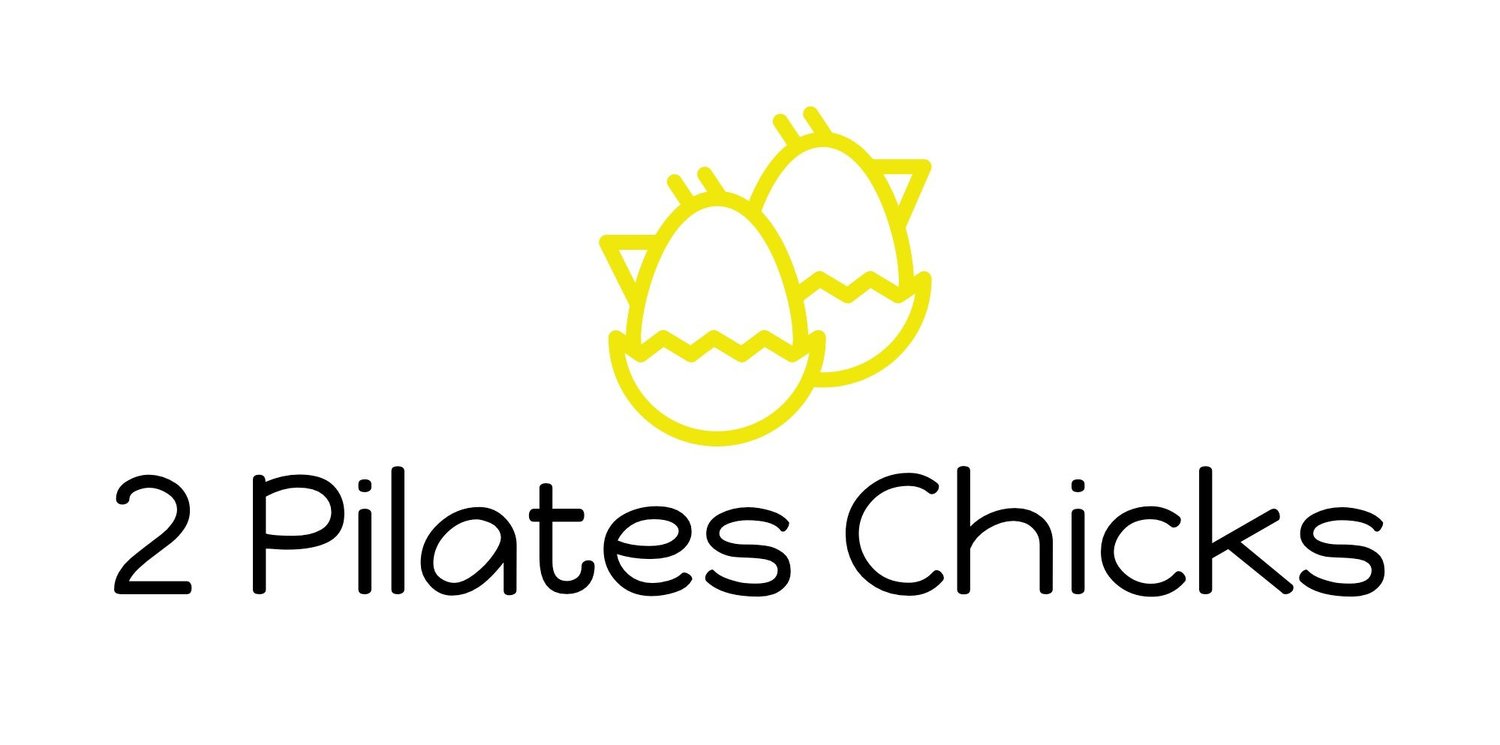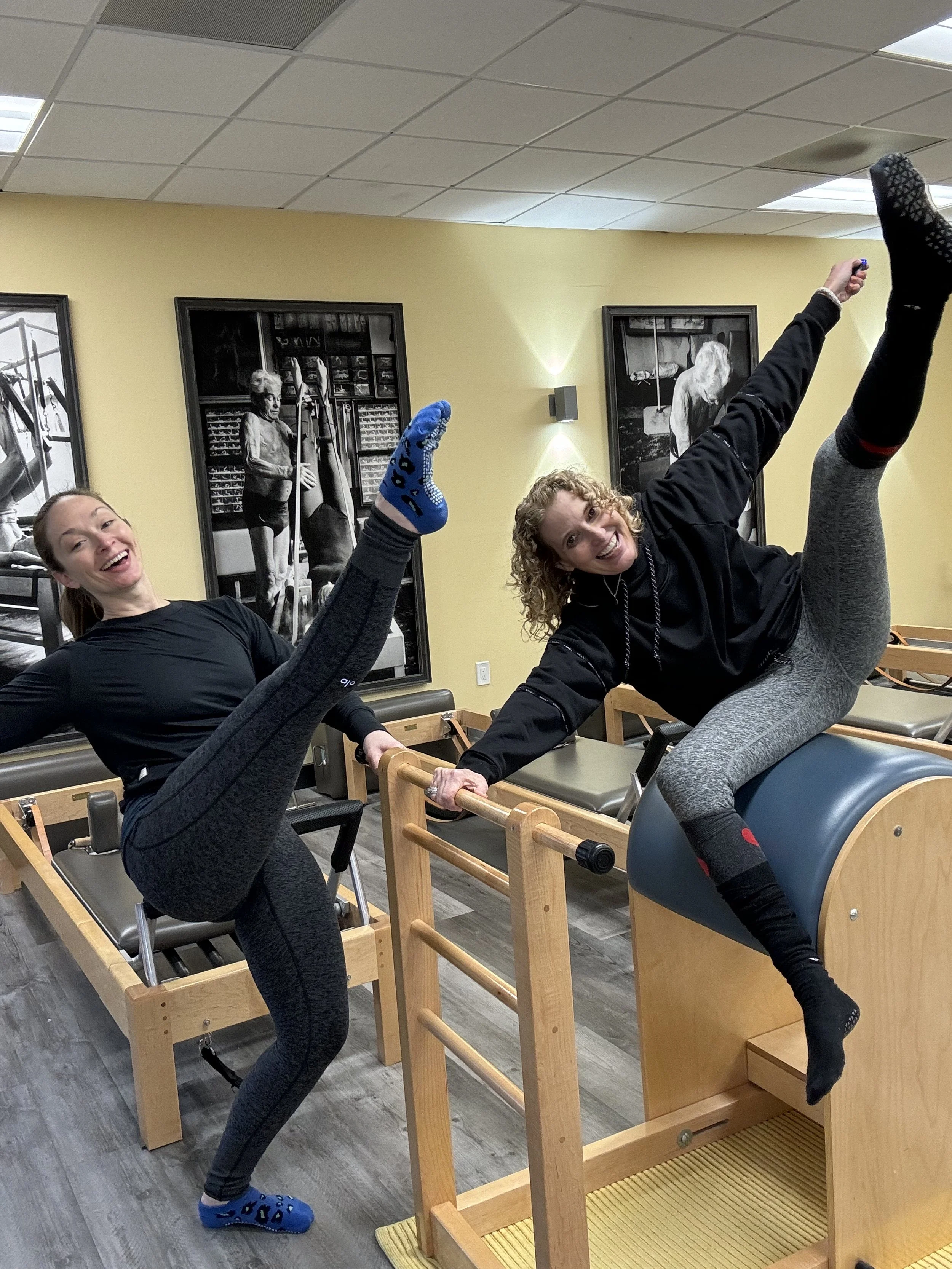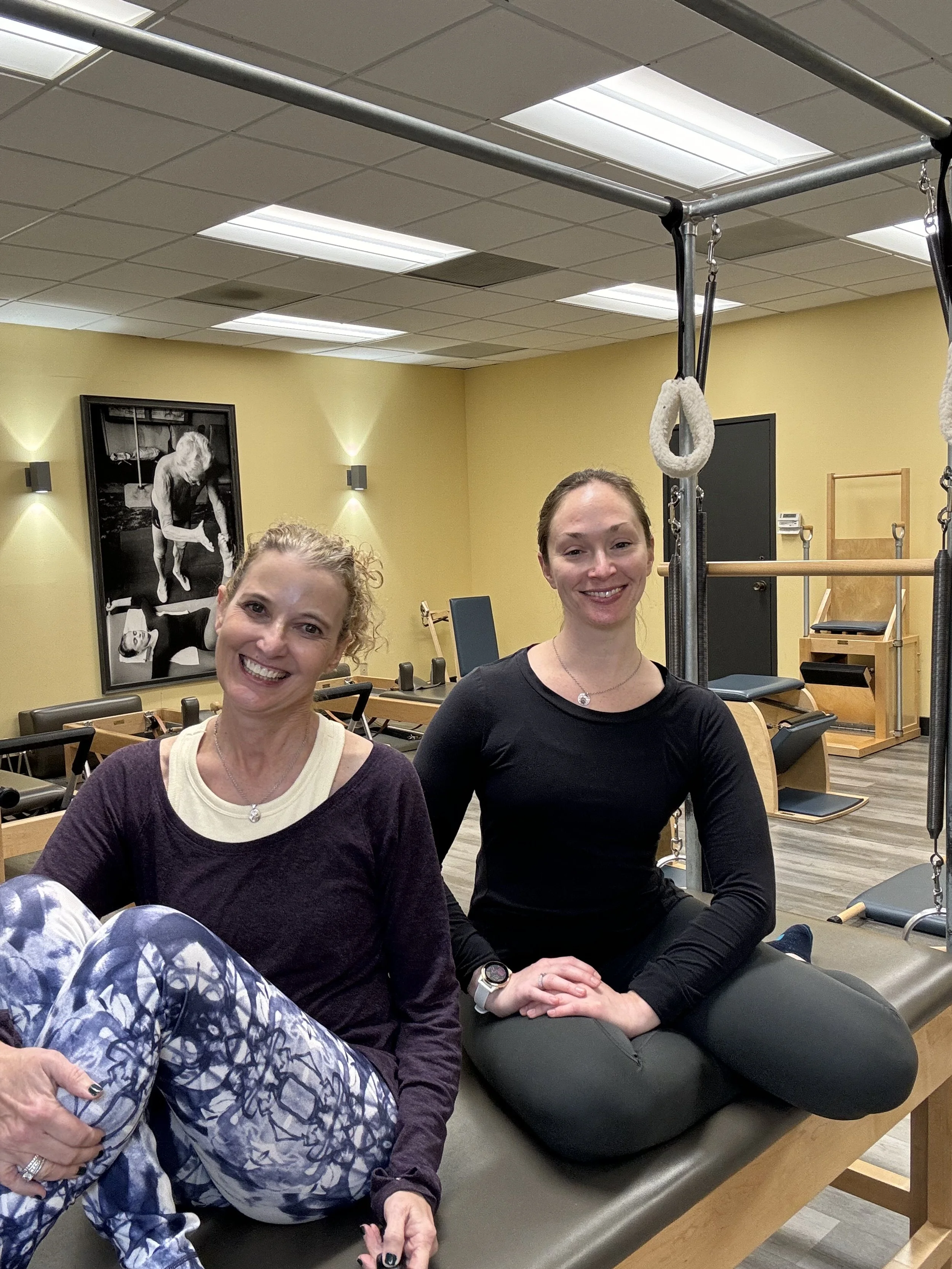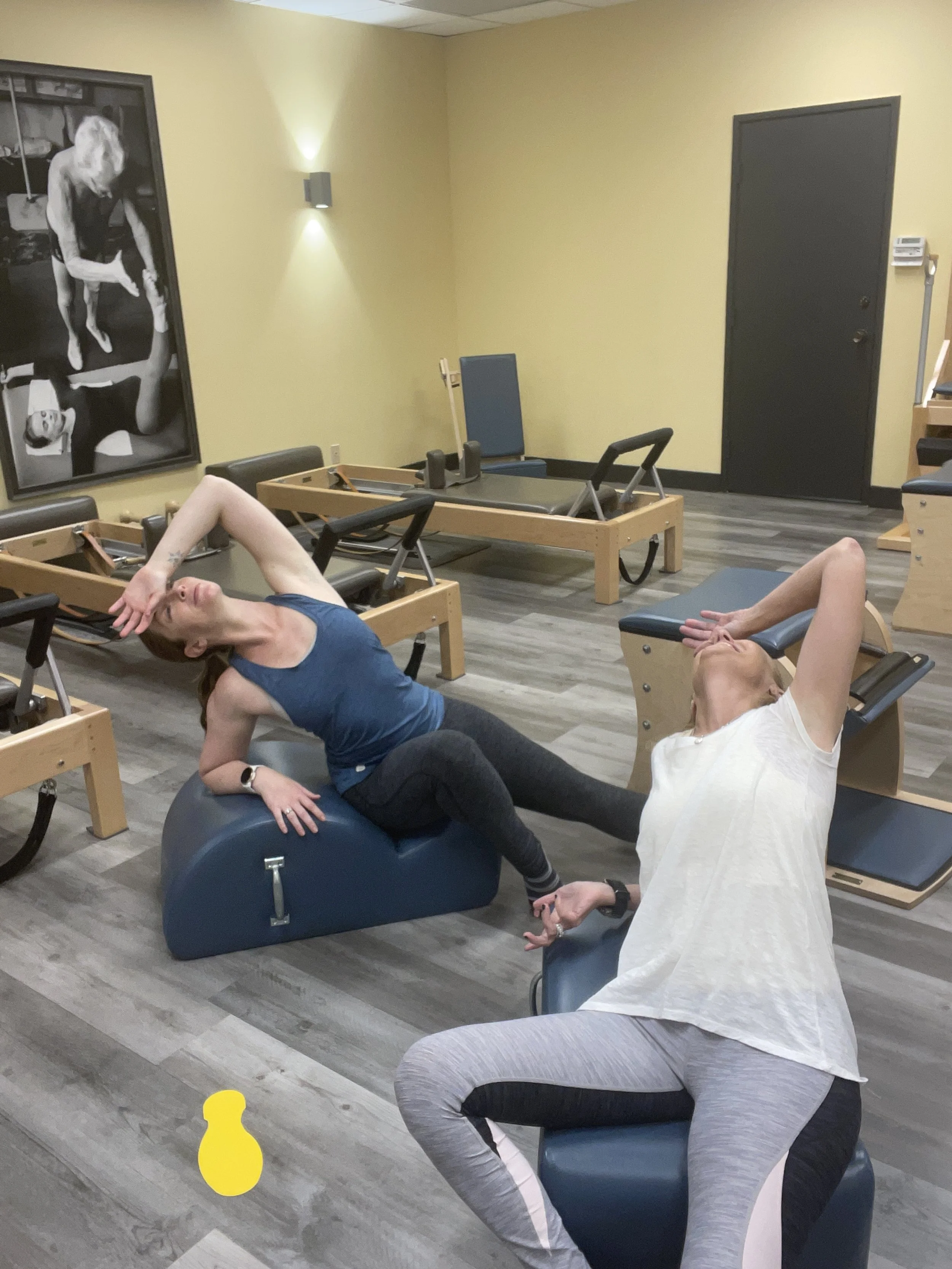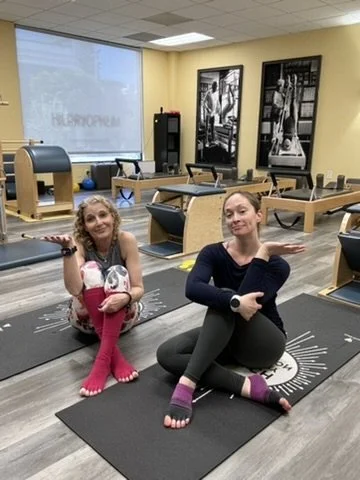How do you teach Pilates to the body in front of you?
What does it mean to a Pilates teacher to teach the body in front of you?
"Teach to the body in front of you" is a phrase we've been hearing in the Pilates industry. This has been recently circulating in social media circles, Pilates articles, lectures, and forum discussions. It is also the motto that we adhere to in our teaching practice. But as we recognize this phrase getting used more regularly, we wonder if the message is appropriately acknowledged. As teachers begin saying we should all teach the body in front of us, do they understand the message and how it can be implemented? When are we truly teaching for the body in front of us?
We decided to dive into this question in our latest podcast episode, "Teaching to the Body in Front of You", season 5 episode 2, since we feel that it is one of the most important elements in teaching Pilates and working with clients.
In teacher training programs we learn the choreography of the exercises, the setup, beginning, middle, and end of each movement, and how to teach that to clients. When we're initially taught choreography of Pilates exercises we often assume that the exercise has to look a certain way, the way we were taught, or what we see in old photographs. However, once we work with individual clients, we must adjust to their needs.
What is the purpose of the exercise, and can we maintain the purpose and goal but build up the necessary foundation for this individual, adjusting as needed?
Allowing the client to adjust where their body feels comfortable and safe to begin trying the exercise is the goal of teaching the body in front of us. It is about allowing the body to adjust to where its unique needs can accommodate the movements we're asking of it. We never want to place a client where their body is unable to move, but rather where they can find a range of motion within their capability and develop from there. We want to initiate the exercise in a place of success rather than frustration. Some clients may never achieve that pinnacle Pilates pose. However, the goal is not how the exercise looks but rather the quality of the movement behind it. From the beginning, we want to set the client up in a position where they can find movement and some level of success.
Cultivating the freedom of movement from a position that works better for them is the utmost goal of every exercise we teach. The specifics that we are taught in our training programs are a foundation for learning how to teach, not a hard-set rule. Just because a specific set-up for an exercise is what we were initially taught does not mean it will look that way for everyone. Can a client start Stomach Massage with the legs extended instead of in the tight ball start position? Yes. Can a client do Footwork on the toes without that perfect fist width between the toes? Yes. If a client can't safely or comfortably bring the carriage in for Stomach Massage, have their heels completely flat for Long-Backstretch, or hover the knees only one inch above the mat for Knee Stretch, are they still doing the exercises properly? Yes, and it's still proper Pilates. Eventually, they can do the full exercise if we initiate their practice from a successful place and build.
When we guide our clients to move how they naturally adjust we allow their body to move more safely, move better, and feel better while doing it. If we force a position because that's what it's "supposed to" look like, it often restricts the client's movement and adds overload and torque in vulnerable structures. If someone already deals with pain or old injuries that could potentially flare them up, overstimulate the nervous system, and create an environment that is uncomfortable for them in the studio.
There is no reason to force clients to move from a place of discomfort. To teach the body in front of us means to adjust to the moment, to figure out what works for this individual's body while still maintaining the purpose and individual goals in the movements and the work.
Simply put, things have to adjust. It might not be what we thought it would be at first, or what we want it to be, but we don't want to place someone where their body doesn't want to go, setting a client up for failure. For whatever reason if a movement doesn't work for their body, we don't force them to do it in that way just because we think it "should" look like that. If we're already starting them in a position that's restricting the body, there is nowhere they can move from there. Allowing them to adjust the position gives the client the freedom to move, to then build up the strength and understanding of the movement fundamentals for the exercise.
Letting the body adjust increases the client's feeling of success, allowing for self-efficacy and autonomy so the client takes ownership of their practice and can find their range of movements. We simply guide the client, letting the body figure it out. In this way, the client will feel challenged yet successful, and gain strength more safely. As we guide the goal of the movement, see where their body naturally moves and how it adjusts for itself. This gives the teacher feedback as to how to continue to guide the client.
Ideally, the client shouldn't need the teacher to figure things out. We're there to guide, not to tell the client what we think is wrong with them or how we're going to "fix" them. Autonomy is vital for feeling successful throughout all aspects of life. The more autonomy we curate in the studio, the more the client can build up when outside the studio. In the studio, if we allow the client to feel their own body, and feel what they need, we're cultivating more autonomy which the client can then feel greater confidence in themselves and their practice. Then, we might notice they start self-adjusting!
And that's the goal of teaching. When the client begins to own their practice, understanding their body and what they need. They begin figuring it out in the studio with us guiding them, so when they're in other fitness classes, hiking outside, or just navigating daily life they know how to take care of their bodies.
We're not necessarily teaching someone to do a teaser. We're teaching movements, concepts of movements, and principles of exercise and Pilates that can then be translated externally. The end goal is not that pose for a photo, or to look a certain way to start or end the exercise. It's about learning movement concepts that can translate into a client's life so that they learn to move better without us.
We want them to be in the studio, we want them to want to be there, but we don't want them to feel like they have to be there. They're with us in the studio for guidance and specialized corrections and movements for what they need that day, but we don't want to foster insecurities around movement that they can't move properly without us or that they would be injured without us telling them what to do. We want to build success, confidence, and strength both inside and outside the studio.
For each session we have to consider, what is this body in this moment telling me today?
Maybe we see the client working well that day, so we focus on giving the encouragement to continue to move, finding the awareness of where they are, and how their body is moving and working. We can lean into that, guiding them to reach more, push more, seeing the range and connections. The ability of teachers to adapt to any situation, to the person, to the day in the studio is both the inspiration and the challenge of teaching clients.
Some teachers think if the client doesn't look a certain way then they're not a good teacher, but we need to remove ourselves from the situation. How a client looks in an exercise or moves through their practice has nothing to do with the skill of the teacher. It should always be about fostering guidance and understanding of safe and effective Pilates movement.
When working with clients we must consider what this person needs from us in the session, and how we can teach them today. Guiding the body into positions that work for them to foster movement, building on dynamic strength and mobility. Put any expectations to the side and see where we can go while guiding to what this body is telling us.
Teach to the body in front of you. What does that mean for you, and how will you implement that in the studio?

